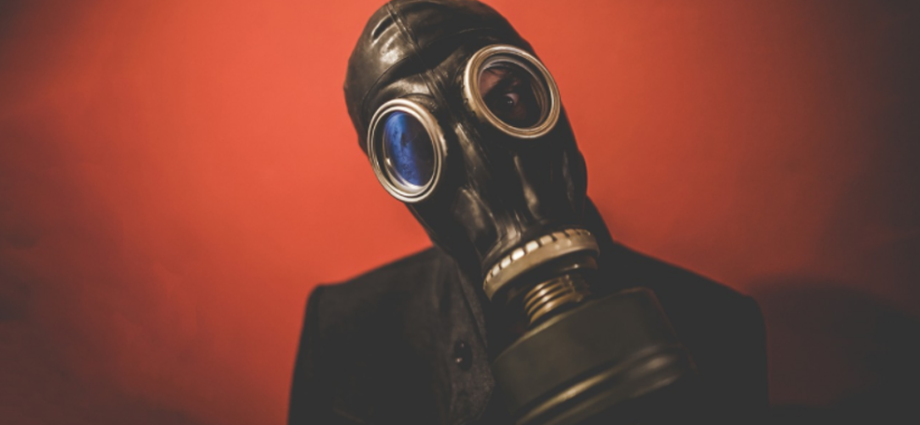|
|
We usually take breathing for granted. It sustains our life. When we breathe we take in oxygen and exhale carbon dioxide but we rarely think about the volume or the ratio of either, or whether we are even breathing properly. Perhaps you may have received a few breathing lessons when you were taught how to swim but by and large, when we were born, we received a pinch or a slap on our behinds. We began breathing and we haven’t stopped.
Premature Fatigue
What exactly happens when we breathe? The way we breathe can actually be harmful if not done properly. With each breath, we take in fresh air from our immediate surroundings and alternately exhaust or exhale the used waste product, carbon dioxide from our body. That seems simple enough, but improper breathing habits actually reduce the correct flow of these two gases in and out of our body. Without even knowing it, you are making it a little more difficult to cope with everyday stress. At the end of each day you are prematurely tired. You can’t wait to get home and relax.
You also may not realize that improper breathing actually contributes to increased anxiety, panic attacks, bouts of depression, muscle tension, headaches, in addition to fatigue.
Ins and Outs of Breathing
When you inhale, the surrounding air is drawn in by your nose. It passes by your sinus and warmed to your body temperature, humidified and partially cleaned. The warmed air enters your lungs through the bronchial tubes, filling many elastic air sacks, the alveoli. Tiny blood vessels, called capillaries, in the surfaces of the air sacks capture small amounts of oxygen, transporting oxygenated blood to the heart. The heart pumps the fresh oxygenated blood to the brain and every organ, muscle and tissue, exchanging it for the used, depleted, carbon dioxide blood which flows back to the heart and finds its way back to the lungs to be exhaled. It is an amazingly complex yet simple system that you probably remember learning about in your third grade health class.
Thoracic Breathing
So why do we suggest you might be breathing incorrectly since we are alive and all systems are working? Here is why. Most people breathe with their chest. This is called thoracic breathing. Breathing with the lungs and the area between the neck and above the abdomen, rather than diaphragmatic breathing, which uses the diaphragm.
Thoracic breathing is a common problem of everyday life that is linked with numerous lifestyle ailments such as stress, anxiety, depression, headaches, tension and poor posture just to name a few. This shallow, irregular, and often rapid breathing allows for too little oxygen to enter the body and too little carbon dioxide to leave.
Incorrect Oxygen Ratio
This causes a chronic buildup or incorrect ratio of oxygen to carbon dioxide and contributes to feelings of fatigue as well as heart palpitations, body numbness, tingling sensations, agitation, even shortness of breath or hyperventilation.
Diaphragmatic Breathing
Becoming aware of your breathing patterns and correcting how you breathe by using your diaphragm, you can quickly begin to balance your oxygen and carbon dioxide blood levels in your body. This is turn will normalize your heart rate, reduce tension and anxiety and even lower your blood pressure. Proper diaphragmatic breathing – air drawn deeply into the lungs – allows more carbon dioxide to leave with every exhale. More energy is produced with each deep breath.
This report is not a diagnosis. We hope this information can guide you toward improving your life.
Review our Knowledge Base or the links displayed on this page for similar and related topics.

